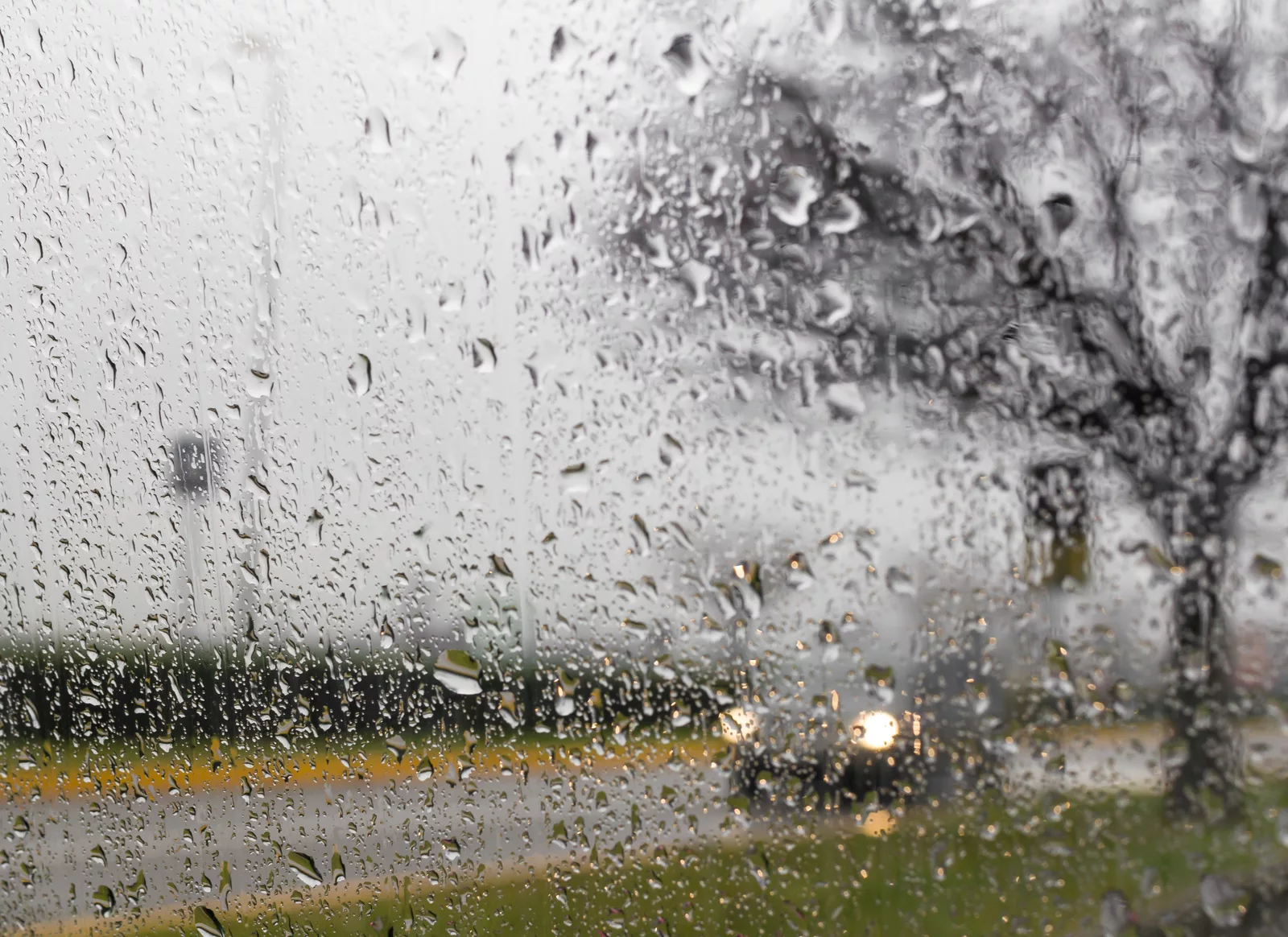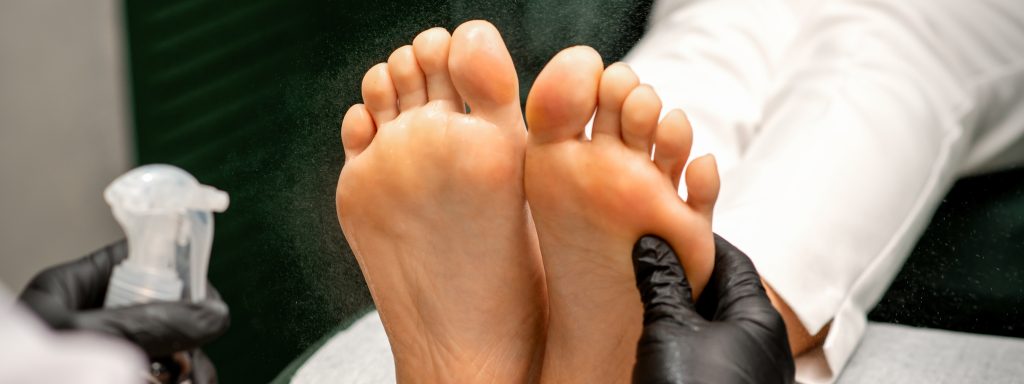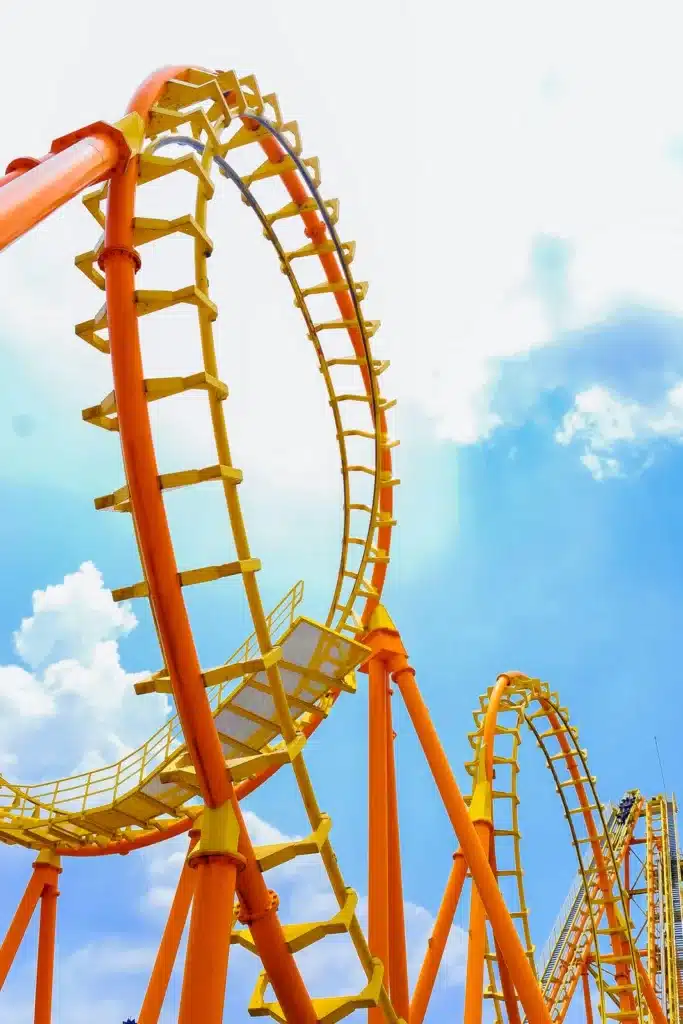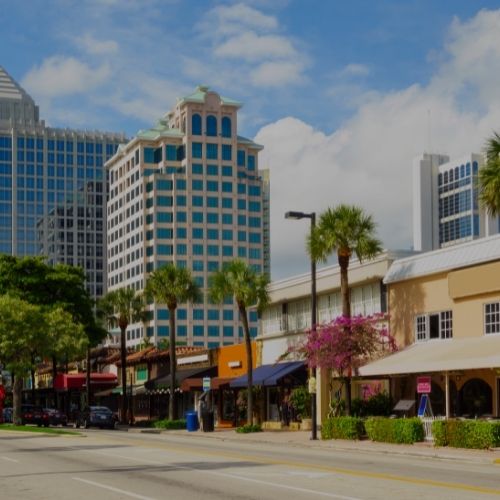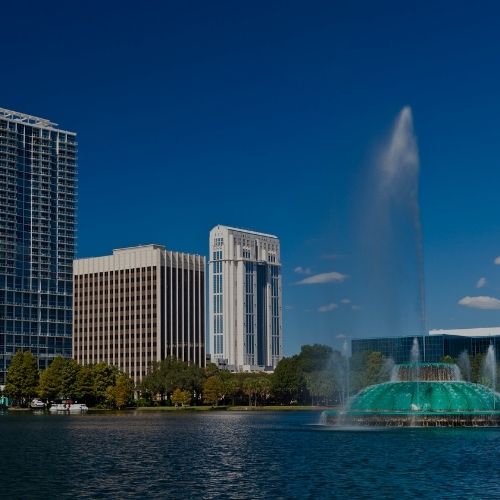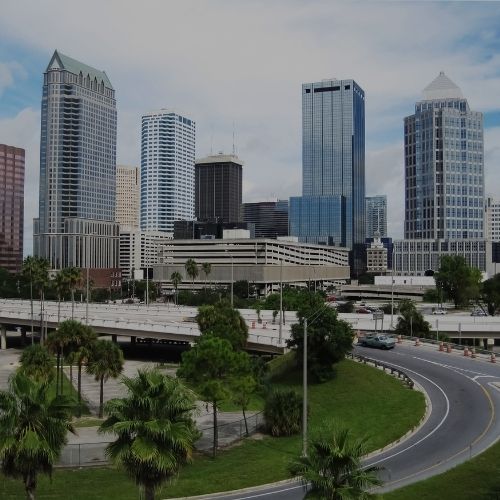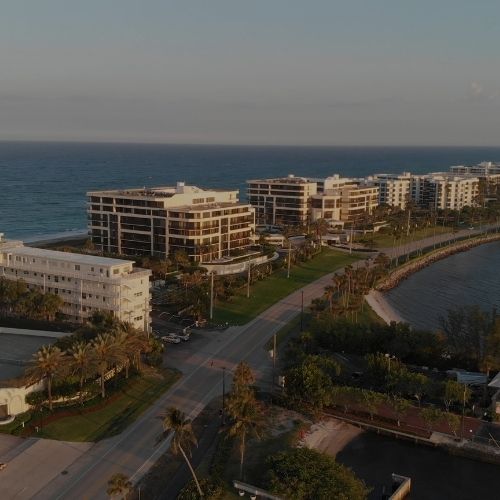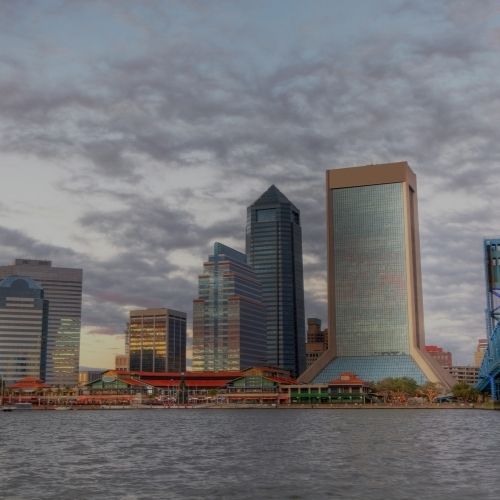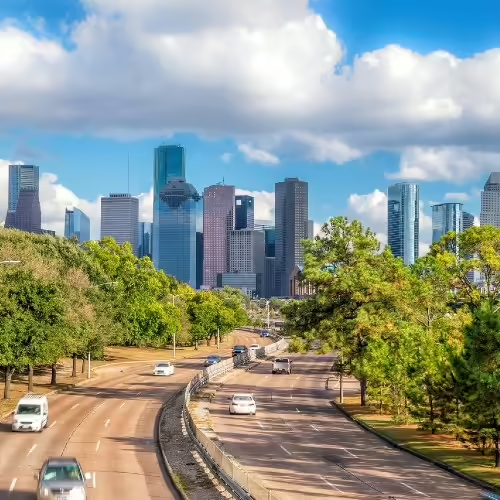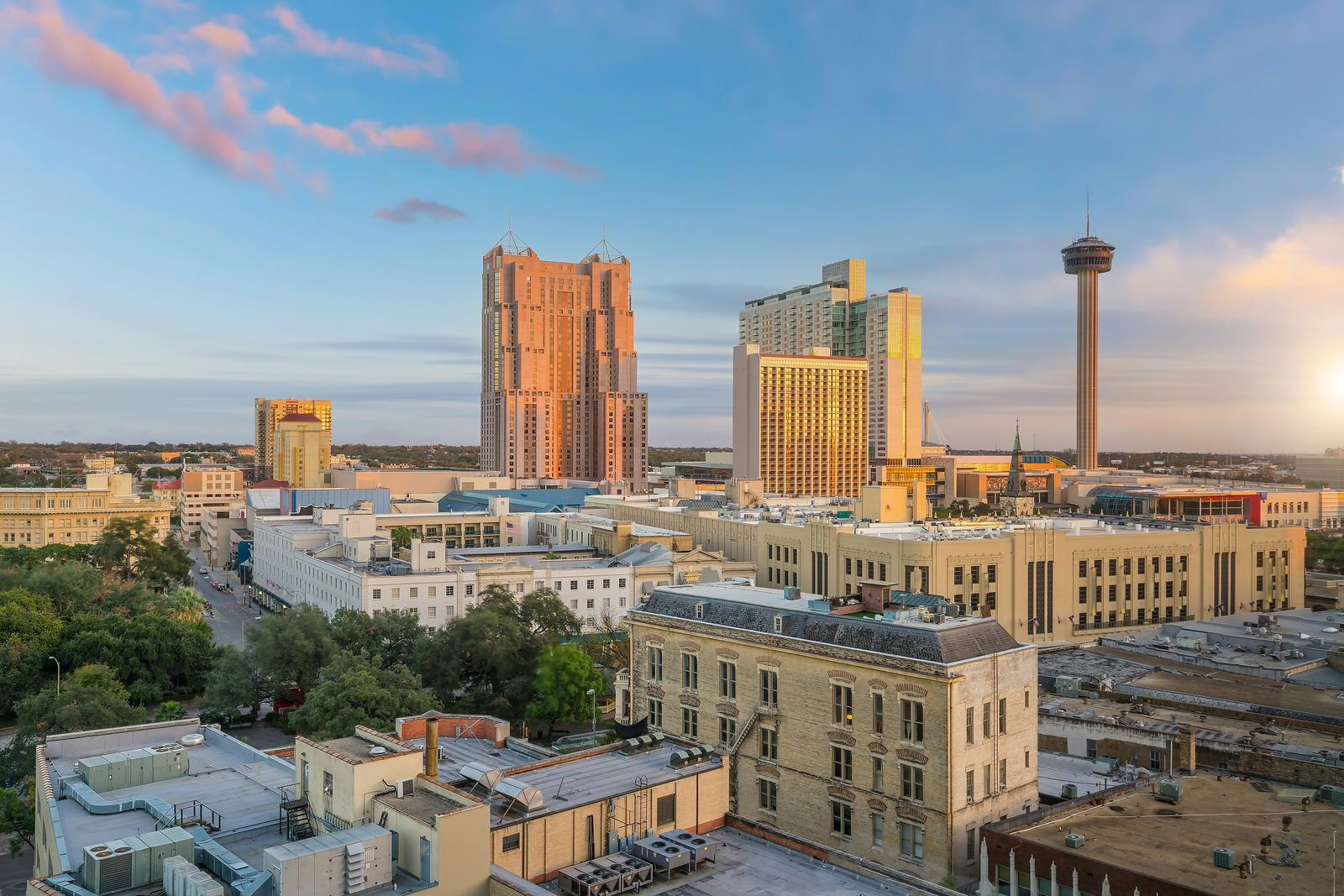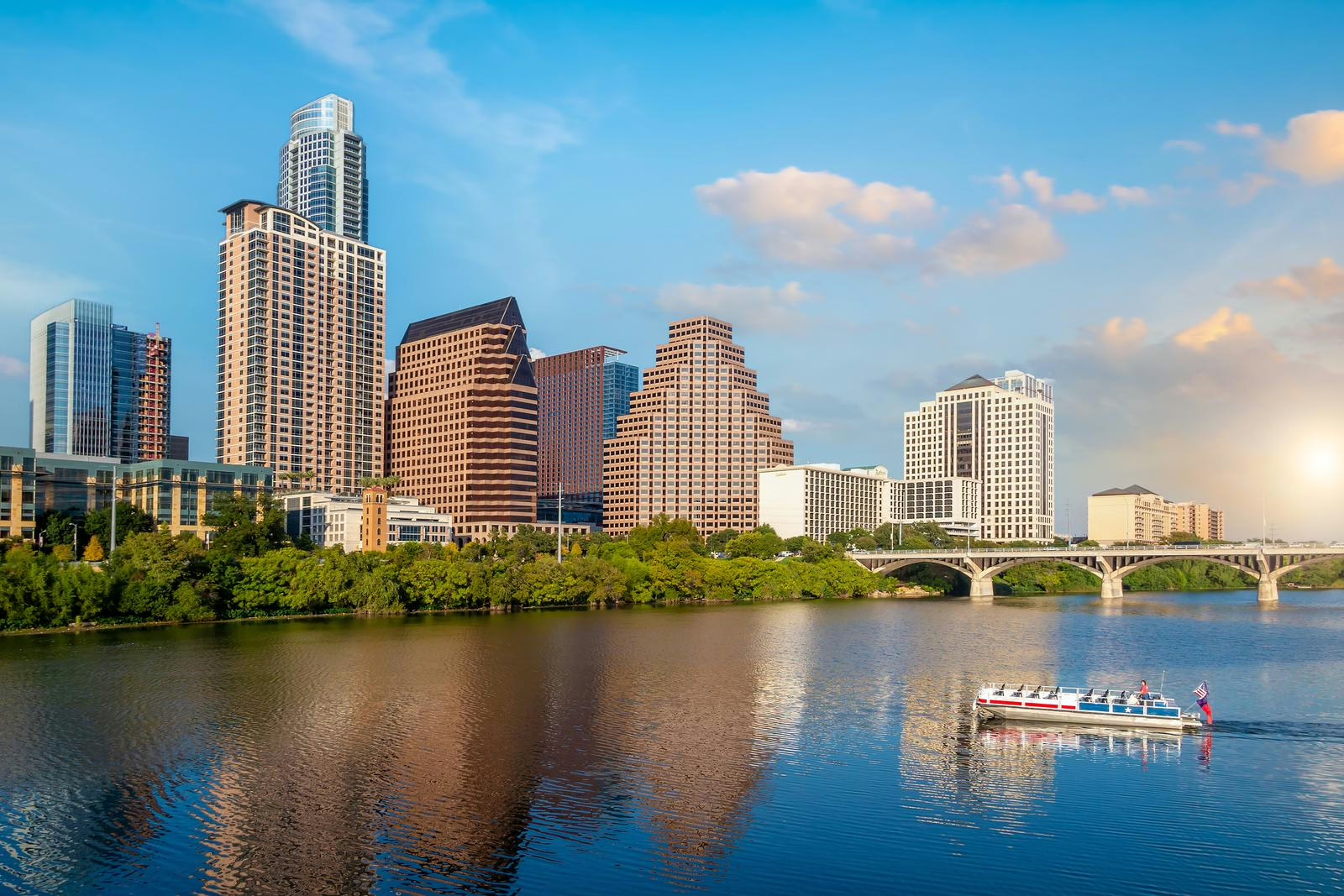Intersections pose the most significant risk for motorists being involved in broadside collisions. A broadside collision, also called a T-bone collision, occurs when the front end of one vehicle strikes the side of another vehicle.
As most drivers know, motor vehicles often cross paths at intersections, but not every motorist pays strict attention to the other traffic around them.
Aside from the risks intersections pose for motorists, broadside collisions also frequently occur in parking lots and busy roadways.
What Are the Leading Factors that Contribute to Broadside Collisions?
The number one cause of broadside collisions is left-hand turns across traffic, especially at uncontrolled intersections that lack traffic signals.
Some other common factors that contribute to broadside collisions include:
- Running a red light
- Speeding
- Failure to yield the right of way
- Distracted driving
- Reckless driving
- Failure to stop at a four-way stop
- Driving while under the influence of drugs or alcohol
- Poor visibility
Motorists can prevent broadside collisions by simply following basic traffic laws, which include:
- Stopping at all stop signs and red lights.
- Obeying the speed limit.
- Refrain from relying on other drivers to obey traffic laws.
- Paying close attention to the road.
- Slowing vehicle speed when encountering low visibility or other adverse weather conditions.
What Types of Injuries Result from Broadside Collisions?
As with any type of traffic incident, an accident victim who has been involved in a broadside collision may suffer various injuries. However, some common injuries are more frequently reported after a T-bone collision, including:
- Traumatic brain injuries (TBIs)
- Side-to-side whiplash
- Organ damage
- Broken bones
- Spinal cord injuries
- Severe cuts and abrasions
Regardless of the type of injury you may have suffered due to a broadside collision, you should seek medical attention following an accident. Sadly, many broadside collision victims are prone to suffering internal injuries that do not always manifest themselves immediately, but these injuries could lead to severe complications if not treated promptly.
Who Is at Fault for Broadside Collisions?
Determining who is at fault for causing a broadside collision can be a challenging process. Accident investigators often are left to examine various factors to determine liability. However, in most instances, the driver who failed to yield the right of way or broke a traffic law will be cited for the collision.
Should I Hire an Attorney After I Have Been Involved in a Broadside Collision?
It’s a good idea to obtain qualified legal representation immediately if you’ve been injured in a broadside collision. T-bone collisions can cause severe injuries that may prevent people from being able to return to work and provide for their families.
If you’ve been injured in a broadside collision caused by another person’s negligence, you may be entitled to recover economic and non-economic damages to help you recover compensation for lost wages, medical expenses, and emotional trauma.
However, navigating the complex process of filing for insurance claims can be difficult and confusing. Often the insurance company will try to assert that the victim is partially responsible for causing the accident to reduce their degree of liability and to avoid a large payout.
A skilled personal injury attorney can act as your legal advocate with the insurance provider and help negotiate a settlement that adequately provides for your needs. In fact, hiring an experienced accident attorney may help you get more compensation than trying to handle things on your own.
For more information about how an attorney can assist you after you have been involved in a broadside collision, contact RTRLAW and ask to schedule a meeting with a qualified legal team member to discuss your case.


 CALL US NOW
CALL US NOW TEXT US NOW
TEXT US NOW